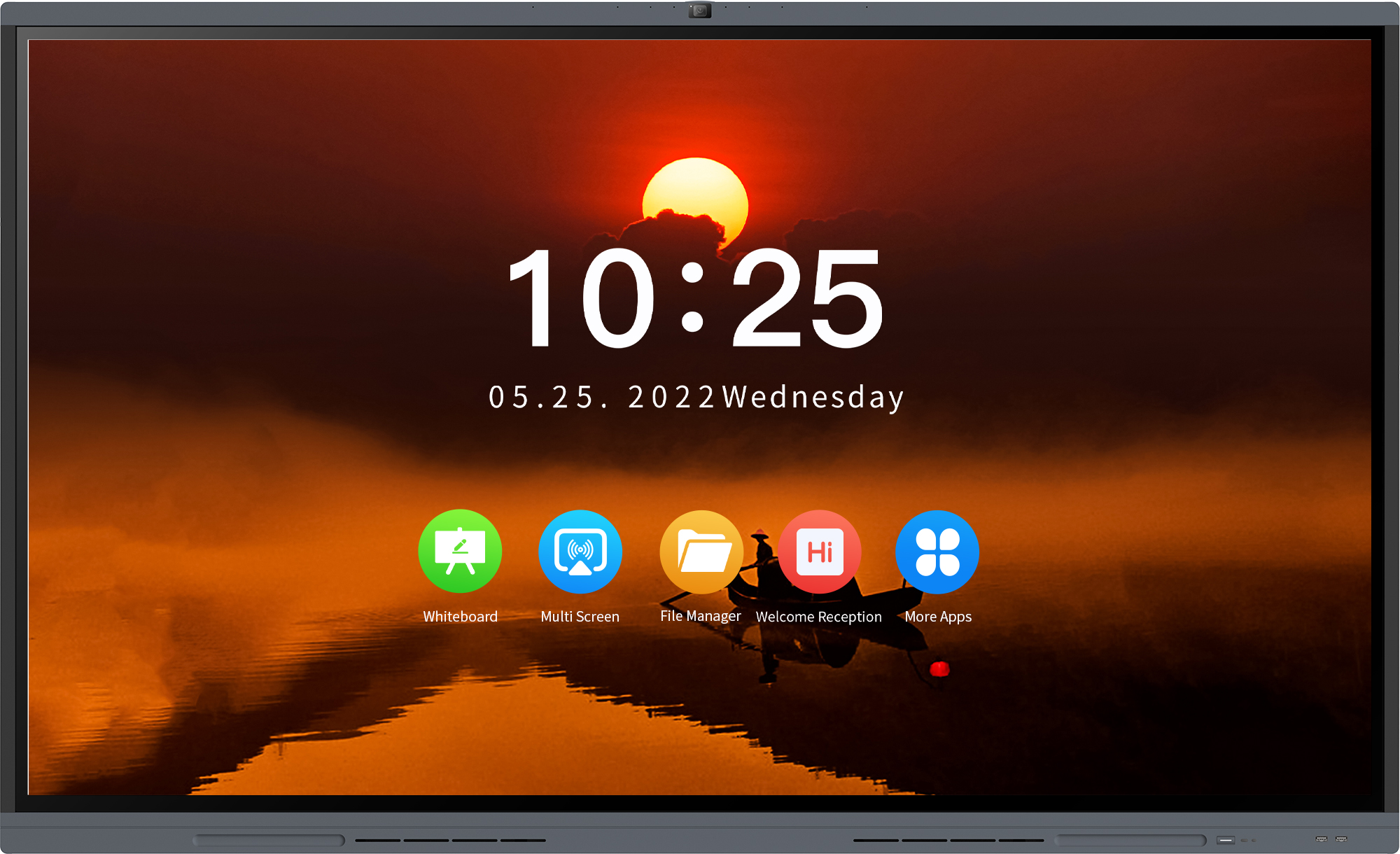Understanding the Potential of Classroom Interactive Whiteboard Technology

Classroom interactive whiteboard technology has revolutionized the way teachers present information and engage their students. With its interactive and collaborative features, this innovative tool provides countless opportunities for cultivating students' creative ability. By incorporating this technology into the curriculum, educators can nurture critical thinking, problem-solving, and imaginative skills in students, empowering them to become lifelong learners and innovative thinkers.
Promoting Active Learning and Collaboration
The interactive whiteboard technology fosters active learning by encouraging students to actively participate in the learning process. Through interactive activities, such as quizzes, games, and group discussions, students not only acquire knowledge but also enhance their creative thinking skills. The whiteboard's touch-sensitive surface enables students to directly interact with the content, stimulating their curiosity and motivating them to explore different perspectives or innovative solutions to problems.
Furthermore, the technology allows for seamless collaboration among students. Collaborative projects and brainstorming sessions on the interactive whiteboard promote communication and teamwork, strengthening students' creative abilities as they share ideas, critique each other's work, and collectively find innovative solutions. This collaborative aspect of interactive whiteboard technology cultivates essential skills like effective communication, empathy, and collective problem-solving.
Empowering Students' Imagination and Self-Expression
Interactive whiteboard technology expands students' creativity by providing them with various tools and multimedia resources. Features like drawing, annotating, and multimedia integration enable students to express their ideas visually and auditory, allowing them to think beyond traditional textbook-centered learning. By utilizing interactive software, students can create and present their own projects, fostering autonomy, self-expression, and original thinking.
The technology also offers a vast database of interactive educational content that caters to different learning styles and stimulates imagination. Students can explore virtual worlds, engage with simulations, or manipulate 3D models on the whiteboard, encouraging them to think creatively and analytically. This immersive and interactive experience enhances their critical thinking skills as they make connections, draw conclusions, and experiment with various concepts.
Conclusion
Classroom interactive whiteboard technology serves as a powerful tool for fostering students' creative ability. By promoting active learning, collaboration, and imagination, this technology equips students with essential skills for success in the 21st century. However, it is crucial for educators to integrate this technology into the curriculum effectively, providing proper training and guidance to ensure optimal utilization and maximize the potential of interactive whiteboards in cultivating students' creative thinking and problem-solving skills.

